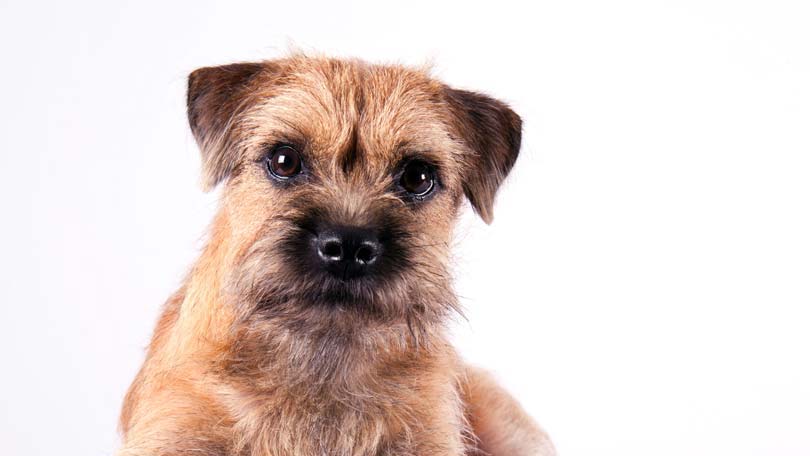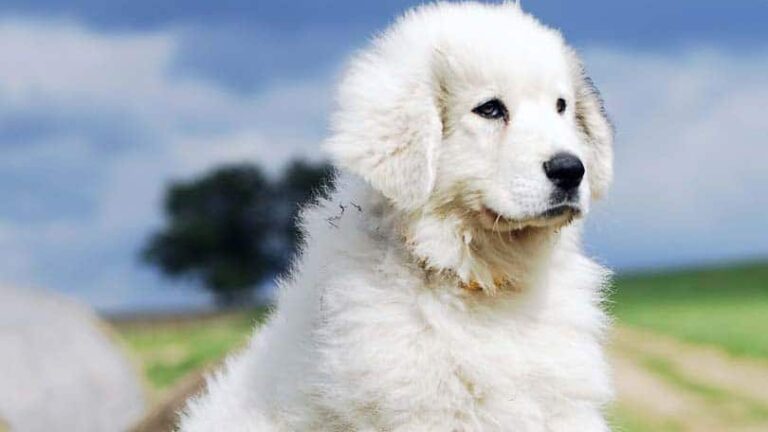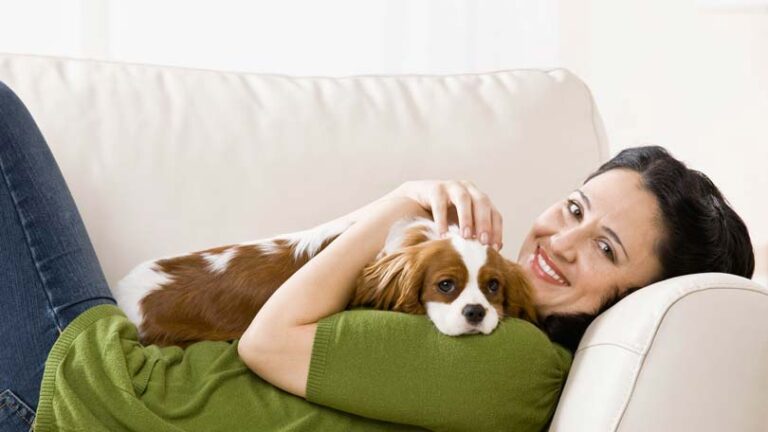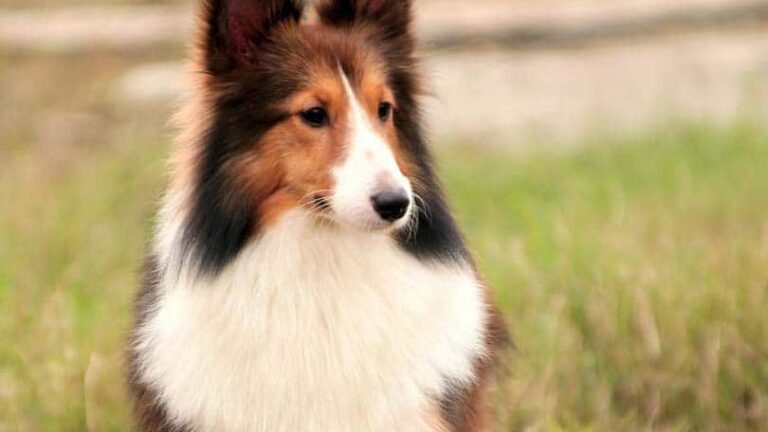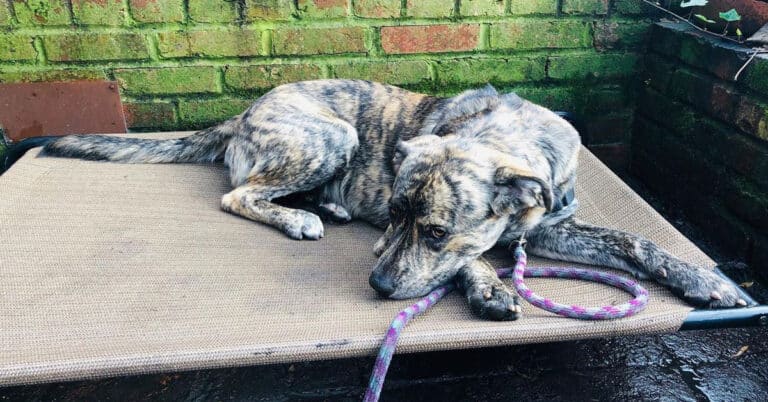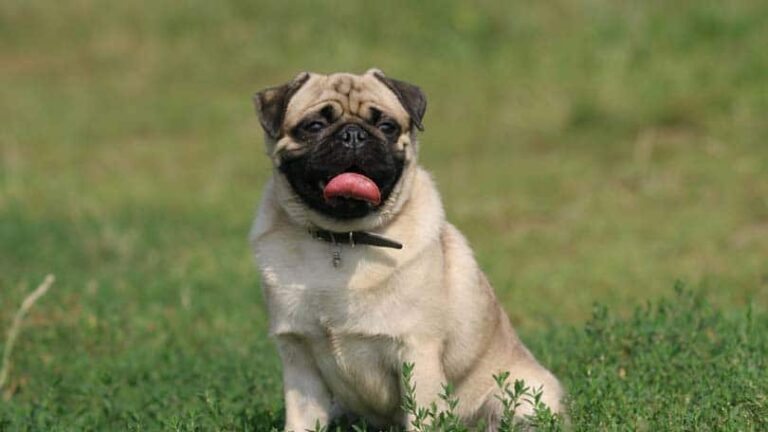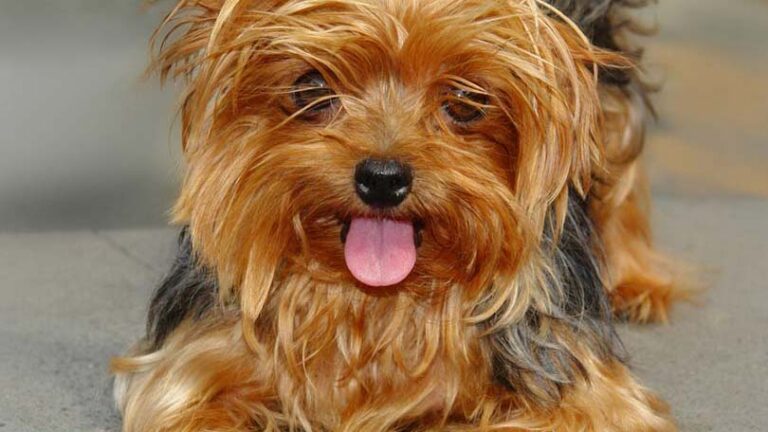Homemade Diets for Dog Weight Loss
Dogs follow in their owner’s footsteps and if those footsteps become slow and cumbersome with excess pounds, so do the faithful companions. Obesity is the number one concern in human medicine because of its devastating effect on so many other medical conditions. Obesity in the canine population is no less damaging. In fact, it could actually be a greater cause of concern because of the already accelerated lifespan of dogs.
Obesity in dogs causes many problems in our four-legged companions. Overweight dogs are at greater risk during surgery, which puts more stress on hearts, lungs, kidneys, liver, and joints. It can lead to respiratory problems in hot weather, worsen osteoarthritis, lead to diabetes mellitus, and lower their quality of life.
The good news is it is never too late for Fluffy to lose a few extra pounds and live a healthier lifestyle. Dogs that maintain an ideal weight on average live two years longer, have fewer joint and arthritis problems, maintain lower blood pressure, and are better able to fight off disease.
How to Tell if Your Dog Needs a Diet for Weight Loss
But how do you know if your dog is obese? Fat dogs are cute, aren’t they?
Most people look at their beloved pet and neglect to understand what overweight actually looks like on the average canine. They feel that a little padding is all right and normal. However, padding is just as dangerous on our pets as it is on us.
Take a good hard look at your beloved pet. From above, either by site or by touch on a fluffy dog, is there an obvious indentation around the waist area? And is there obvious muscle around the shoulders and neck? From the side, is there an obvious tuck up from the chest to a narrower waist? And can you see or easily feel ribs? On a healthy short-haired dog, the last two to three ribs should be obvious when the dog is standing casually and on a long-haired or fluffy dog, the rib cage should be easily felt below a thin layer of padding.
What do you think? Is your dog overweight? Could he stand to lose a few pounds in order to live a longer, healthier, and more enjoyable life?
Homemade Diets for Weight Loss in Dogs
Many people have switched to a homemade diet, citing that they then aware of what their pet is eating and feel that they have the ability to feed their dog a healthier, well-balanced diet without fillers.
But how do your make a homemade diet for weight loss? What natural ingredients can help Fluffy shed those few extra pounds without starving her? The answer is in the quality of the calories, added fiber, and high levels of protein.
Kibble is known for its fillers. Corn, wheat, gluten, and white rice are all empty calories helping to fill the dog up but not looking at the quality of the calories.
Homemade diets, however, do not need to contain these empty but high calorie fillers. Instead, substituting brown rice for white, oat bran for wheat, and removing corn entirely helps to lower the calories while maintaining, if not increasing, the quality of the calories.
Homemade Diets for Weight Loss
Always introduce your dog gradually to a new diet, especially if you are making the switch from kibble to a homemade diet. Increase the amount of homemade diet each day while decreasing the amount of kibble over a ten-day span until your dog is fully switched over.
If your dog does develop diarrhea or upset digestive system, hold at the same proportions of new to old diet until it clears up. Then proceed at an even slower rate until he is fully switched over to the new diet.
Dog Homemade Weight Loss Recipe
- One part ground lean (95/5 or less) beef, chicken or turkey
- Three parts canned pureed pumpkin, drained cooked carrots or cooked cabbage
- One part drained canned peas or fat-free pinto beans
- On half cup of oat or brown rice bran
- Cook the meat until lightly brown and add remaining ingredients.
This easy to make recipe is designed for gradual weight loss in your canine friend. It starts out very basic with more ingredients added over time, limiting the amount of digestive upset in the process. Once he is fully switched over to the new diet, start adding green beans, small amounts of broccoli, sweet potato, kale, swiss chard, and squash to the vegetables.
Once he has lost the extra weight, small amounts of grains such as oatmeal, brown rice, bulgur wheat, quinoa, or whole-wheat pasta can be added to the recipe.
Exercise is the Missing Link to a Homemade Diet for Dog Weight Loss
Often forgotten is the most important part of any weight loss plan – exercise. Increasing the amount of exercise your dog receives each day will help burn calories, firm muscles, and help keep your dog’s cardiovascular system functioning at peak performance. Like humans, an unfit dog should gradually increase the amount and intensity of their exercise program to prevent pain as well as injuries.
Assisting Fluffy in her weight loss program can have the added benefit of helping you to lose those few extra pounds as well. The added exercise as well as the increased awareness of empty calories can all be transferred to your own eating plan, letting you reap the rewards originally intended for Fluffy alone!

Having discovered a fondness for insects while pursuing her degree in Biology, Randi Jones was quite bugged to know that people usually dismissed these little creatures as “creepy-crawlies”.

